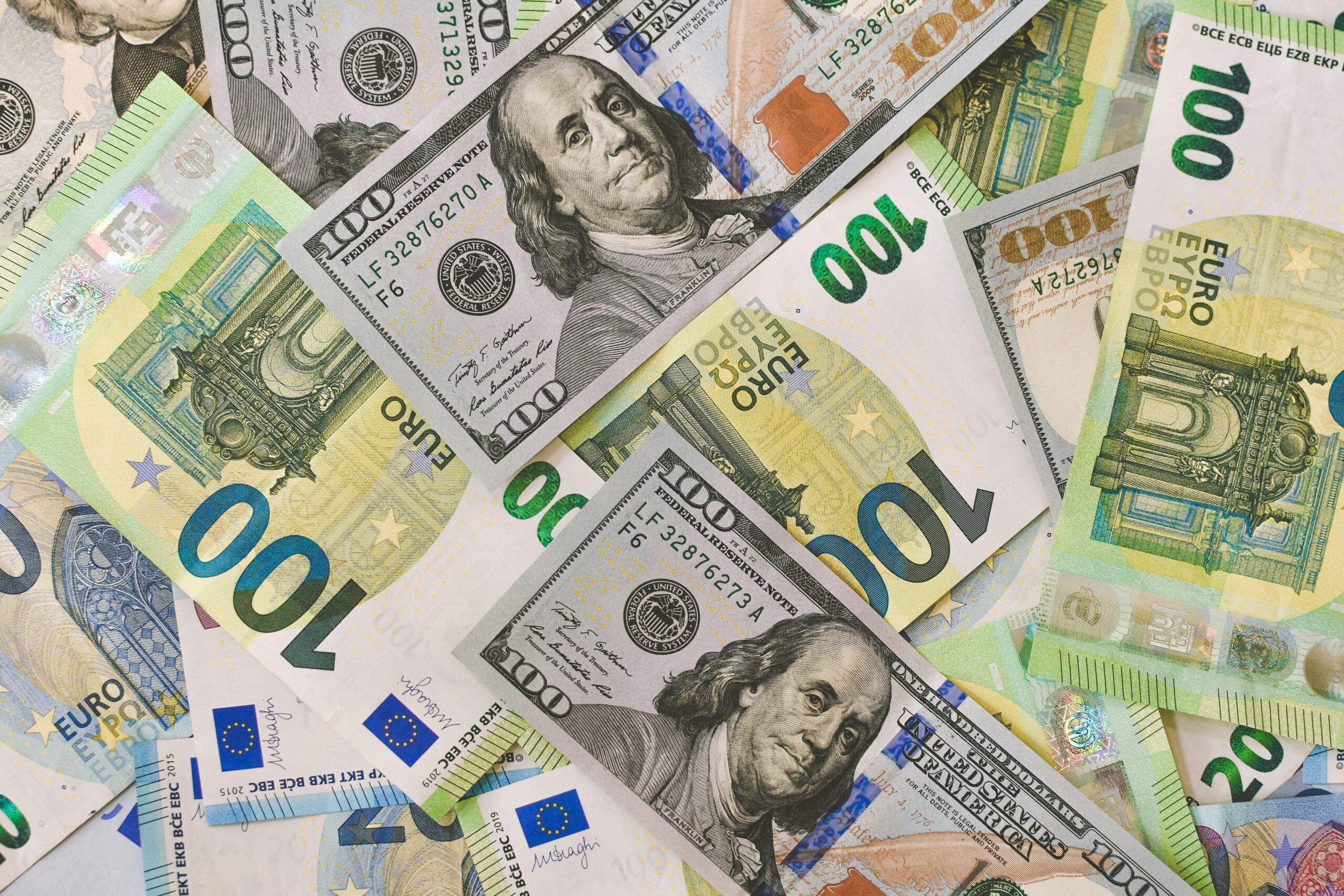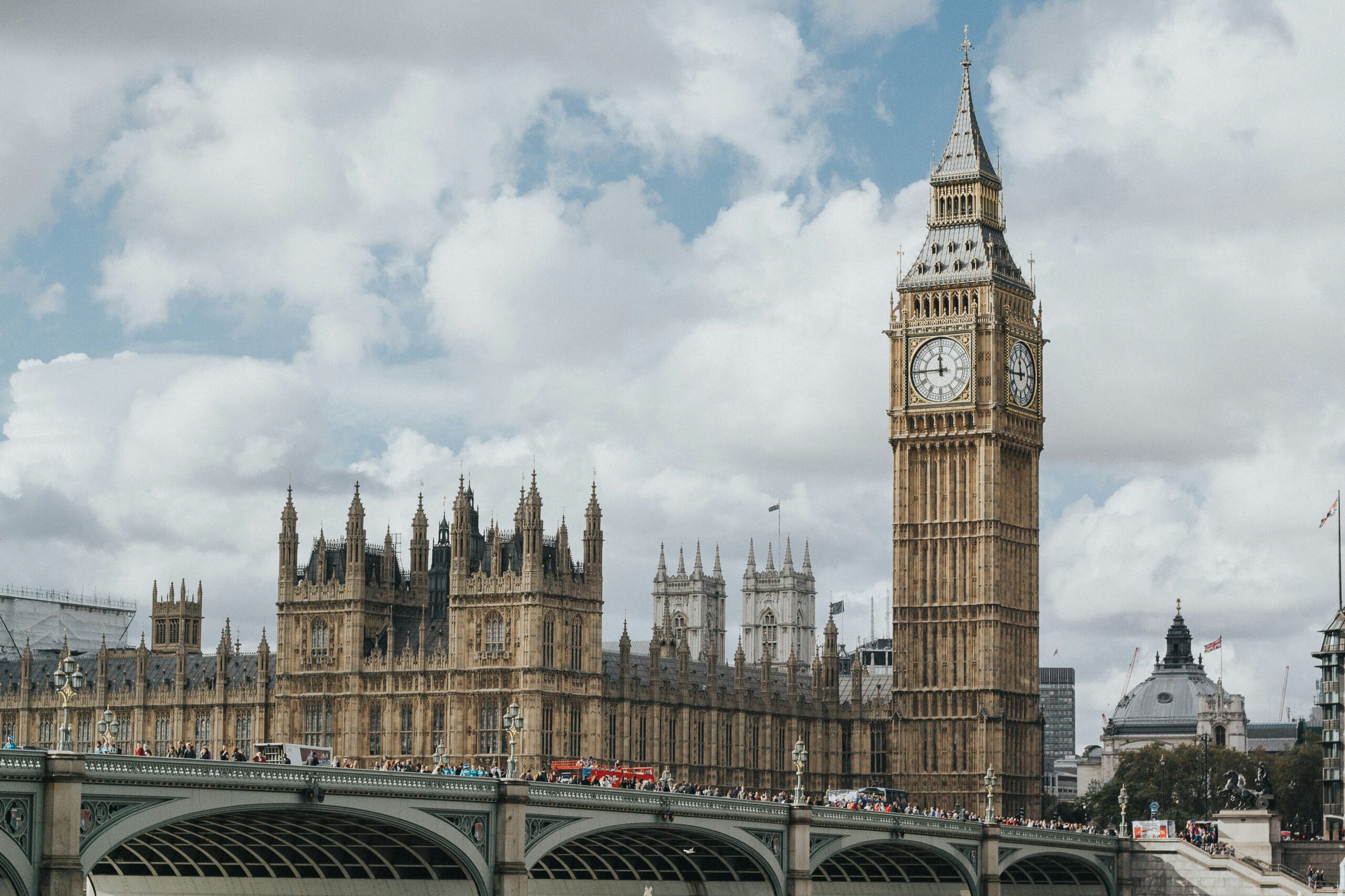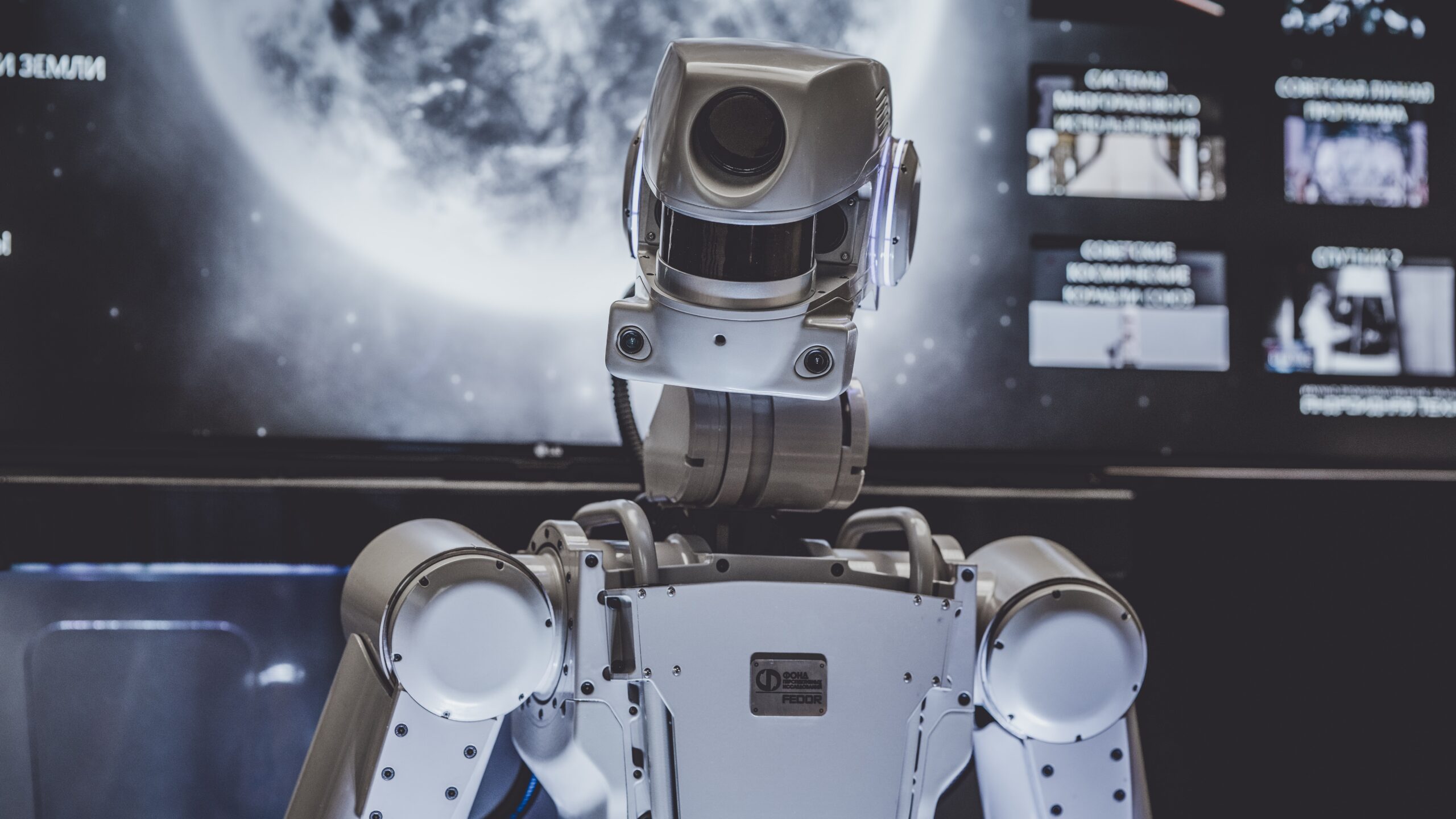The latest minutes from the Federal Reserve’s policy-setting meeting reveal a deepening internal debate over the future path of interest rates, reflecting a central bank navigating a complex economic landscape fraught with conflicting signals on inflation and employment. While the Federal Open Market Committee (FOMC) voted to hold the benchmark interest rate steady at its current range of 4.25% to 4.50% for the fifth consecutive meeting, the newly released documents show a sharp division among policymakers.
The minutes from the July 17-18 meeting, released on Wednesday, detailed a more contentious discussion than a unanimous vote might suggest. For the first time since 1993, two members of the Board of Governors—Christopher Waller and Michelle Bowman—formally dissented, arguing for an immediate rate cut to preempt a potential economic downturn. The dissent underscores the widening chasm between officials who prioritize combating persistent inflation and those who are increasingly concerned about a cooling labor market and slowing economic growth.
A key point of contention is the potential inflationary impact of ongoing trade tariffs. The minutes show that while a few participants saw the tariffs as a “one-time increase” that would not affect long-term inflation expectations, most expressed concern that the duties could have a more “persistent” effect on prices. This uncertainty has complicated the Fed’s dual mandate of achieving both price stability and maximum employment. The committee’s official statement acknowledged this by downgrading its assessment of economic activity from “a solid pace” to “moderate” and noting that inflation remains “somewhat elevated.”
The economic data behind the debate presents a mixed picture. While the unemployment rate has remained low, recent trends in the Job Openings and Labor Turnover Survey (JOLTS) suggest a softening tone in the labor market. Concurrently, inflation readings have stayed above the Fed’s 2% target, with officials noting that the price increases from tariffs are just beginning to show up. This has created a “stagflation-like” risk, where both rising inflation and slowing growth could coexist.
Looking ahead, market participants are closely watching for any new guidance. Many investors are still pricing in a rate cut at the September meeting, but the internal disagreements revealed in the minutes introduce a new layer of uncertainty. Fed Chair Jerome Powell’s upcoming speech at the annual Jackson Hole Symposium is expected to provide a crucial platform for him to address the central bank’s path forward and its framework for economic analysis. The speech could either calm markets or, as some analysts fear, lead to further volatility. The debate within the Fed reflects the difficult choices ahead for policymakers as they balance competing risks in an evolving economic and political environment.



